We deliver to you every day from 8:00 to 20:00
The best discounts this week
Every week you can find the best discounts here.
Grape Pie – THCa Rosin [1g]
Infused Cooking Olive Oil HHC Tincture [1500mg]
Peppermint Olive Oil HHC Tincture [1500mg]
Strawberry MCT HHC Tincture [1500mg]
Strawberry MCT HHC Tincture [1500mg]
Infused Cooking MCT Oil Delta-8 Tincture [1500mg]
Infused Cooking Olive Oil Delta-8 Tincture [1500mg]
Infused Pre Roll (Moon Doob) 24 pack
The CBD cannabinoid has gained a lot of popularity in the world for its products and the benefits that they offer to people. Over 50% of American adults trust and use CBD products because of their reputation.
If you want to give this cannabinoid a go, but don’t know where to start? Don’t fret!! This handy dandy blog will dive into the depths of CBD, and explain everything there is to know about this cannabinoid, from how it works, and what side effects it gives, to the best way to consume CBD and the benefits that this cannabinoid has to offer.
What Is CBD And What Does It Feel Like?
CBD also known as Cannabidiol is a naturally occurring compound or cannabinoid that is found in hemp plants. It doesn’t contain THC, the main compound that makes you feel high when you smoke marijuana.
CBD comes in the form of various products such as gummies, oils, tinctures, capsules, and more. They are much easier to get a hold of than other cannabinoids and are sold in grocery stores, pharmacies, and many other retail stores that are also online.
How Does It Work & What Is Its Relation With The Endocannabinoid System?
The Endocannabinoid system is a system that consists of three main components that are called Endocannabinoids, Endocannabinoid receptors, and enzymes. Each of these components has different responsibilities.
- Endocannabinoids
These are molecules created by your body and are in charge of monitoring and controlling the internal functions of your body such as pain memory mood, immunity, and stress. Endocannabinoids are also referred to as Endogenous Cannabinoids. There are two types of endocannabinoids and they are called anandamide (AEA) and 2-arachidonoyolglyerol (2-AG).
- Endocannabinoid Receptors
These receptors can be found everywhere in your body. Endocannabinoids bind with the Endocannabinoid receptors so that they can alert the ECS, in case it needs to take action. There are 2 main types of endocannabinoid receptors, called CB1 and CB2. The CB1 receptors are found in the central nervous system, and the CB2 receptors are found in the immune cells and your peripheral nervous system.
- Enzymes
Enzymes are substances that break down the Endocannabinoids in the body, as soon as they’re done performing their functions. The two main enzymes responsible for this are fatty acid amide hydrolase and monoacylglycerol acid lipase. The first enzyme is in charge of breaking down AEA and the second enzyme is in charge of breaking down 2-AG.
Together these three types of components help in regulating all of the functions of the human body.
- Brain
- Hormones
- Bones
- Central Nervous System
- Immune System
- Metabolism
- Gastrointestinal System
Unlike other cannabinoids, CBD doesn’t bind with the cannabinoid receptors of the endocannabinoid system called CB1 and CB2, it only interacts with the way these receptors bind with other cannabinoids like THC.
However, CBD does interact and bind with other receptors such as serotonin and opioid receptors. They help to increase the number of endocannabinoids present in the endocannabinoid system which increases the effectiveness of the system’s functions.
What Does CBD Feel Like?
CBD might be a cannabinoid, but it doesn’t have any psychoactive effects that make you feel high like other cannabinoids do such as THC. Instead, the effects of this cannabinoid are calming and make you feel relaxed. The effects of CBD can also differ based on its product, the company it was manufactured from, the way it’s consumed, and the person consuming it.
Some will choose to take CBD during the daytime. Whereas others will choose to take CBD at night before going to bed.
How Long Do The Effects Of CBD Last For?
The effects of CBD generally last for about 2-6 hours, but as mentioned above the amount of time for the effects to last depends on the type of CBD product, how it’s consumed, and the person consuming it. Here are some common CBD products, and the amount of time it takes for their effects to kick in and last:
- CBD Edibles
It takes about 30-90 minutes for the effects of the CBD edibles such as gummies or capsules, to kick in once you let them dissolve on your tongue and they last for at least 4-6 hours. The effects can also vary, depending on the dosage amount and if you’ve consumed them on an empty stomach, or mixed them with some type of food or drink. Some other examples of CBD edibles are:
- Candies
- Lollipops
- Chocolates
- Chewing gum
- Cookies
- Brownies
- Waffles
- Energy drinks
- Coffee
- Wine
- Tea or Iced tea
Other than this, there are other factors that can affect the amount of time it takes for CBD edibles to last and kick in, such as:
- Gender
- Metabolism
- Eating habits and diets
- Tolerance
- Weight
- CBD Vapes
Vaping CBD is the quickest way to feel the effects of CBD. The effects kick in 10-15 minutes after a puff or two but they only last for about 2-3 hours, which is lesser than the amount of time that CBD edibles last for.
If you’re someone who has high tolerance levels, then a puff or two might not be enough for you to feel the effects of the cannabinoid, which is why you might need to take at least 4-5 puffs for the effects to kick in.
- CBD Topicals
Topicals mean lotions, creams, and balms that contain cannabinoids in them and can be applied to the skin. Similarly, CBD Topicals are applied to the skin where you feel pain or irritation the most.
The effects of the topical take 15-20 minutes to kick in, and they last for at least 6 hours. You can also use CBD Oil or mix it with another lotion or cream before applying it to your skin.
What Is The Most Effective Way Of Consuming CBD?
There isn’t a fixed answer to this question. Most answers are based on personal preferences. Some people say that the most effective way of consuming CBD is taking 4-5 drops of CBD Oil under your tongue and holding them there for at least 90 seconds to feel the effects. You can also increase or decrease the amount of the drops depending on your tolerance levels.
Other people say that the most effective way of consuming CBD is to take it on a full stomach after having a meal rich in fats. By doing this, there will be an increase in the absorption rates of CBD which is up to 400%.
Frequently Asked Questions
- Is CBD Oil Addictive?
Delta 9 interacts with the CB1 and CB2 cannabinoid receptors of our body’s endocannabinoid system, whereas CBD doesn’t. Rather, it stimulates other receptors that enhance endocannabinoid production in the body. Hence, CBD doesn’t induce psychoactive effects as compared to Delta 9. A high kicks in on Delta 9 consumption but this doesn’t occur with CBD.
A clinical study published on ScienceDirect found that this cannabinoid has low abuse potential. What does this mean? People who use CBD don’t become heavily dependent on it. The cannabinoid doesn’t provide such effects that can push a person to consume more of it.
- How Much Do CBD Products Cost?
CBD products can range anywhere from $10 to $400. Their price depends on the type of product chosen, the CBD potency, and the product size.
- How Much CBD Should You Take?
It’s best advised to start at lower dosages, between 20 mg to 40 mg. Increase the dosage by 5 mg after a week until you achieve the desired effects.
Wrapping It Up – What Does CBD Feel Like?
Although the potency of CBD is very less compared to other cannabinoids such as THC, and most people have reported feeling similar effects after consuming CBD, there are some users whose experiences can vary. This is because everyone has their own tolerance levels and preferences.
Stay in Touch
Sign up for our mailing list to be the first to know about new products, sales, and promotions
Stay in Touch
Sign up for our mailing list to be the first to know about new products, sales, and promotions
All products are Federal Farm Bill Compliant and contain less than 0.3% THC
FDA DISCLOSURE: The statements regarding these products have not been evaluated by the FDA. These products are not intended to diagnose, treat, cure or prevent any disease, consult your health physician before use. The Federal Food, Drug and Cosmetic Act requires placement of this notice.
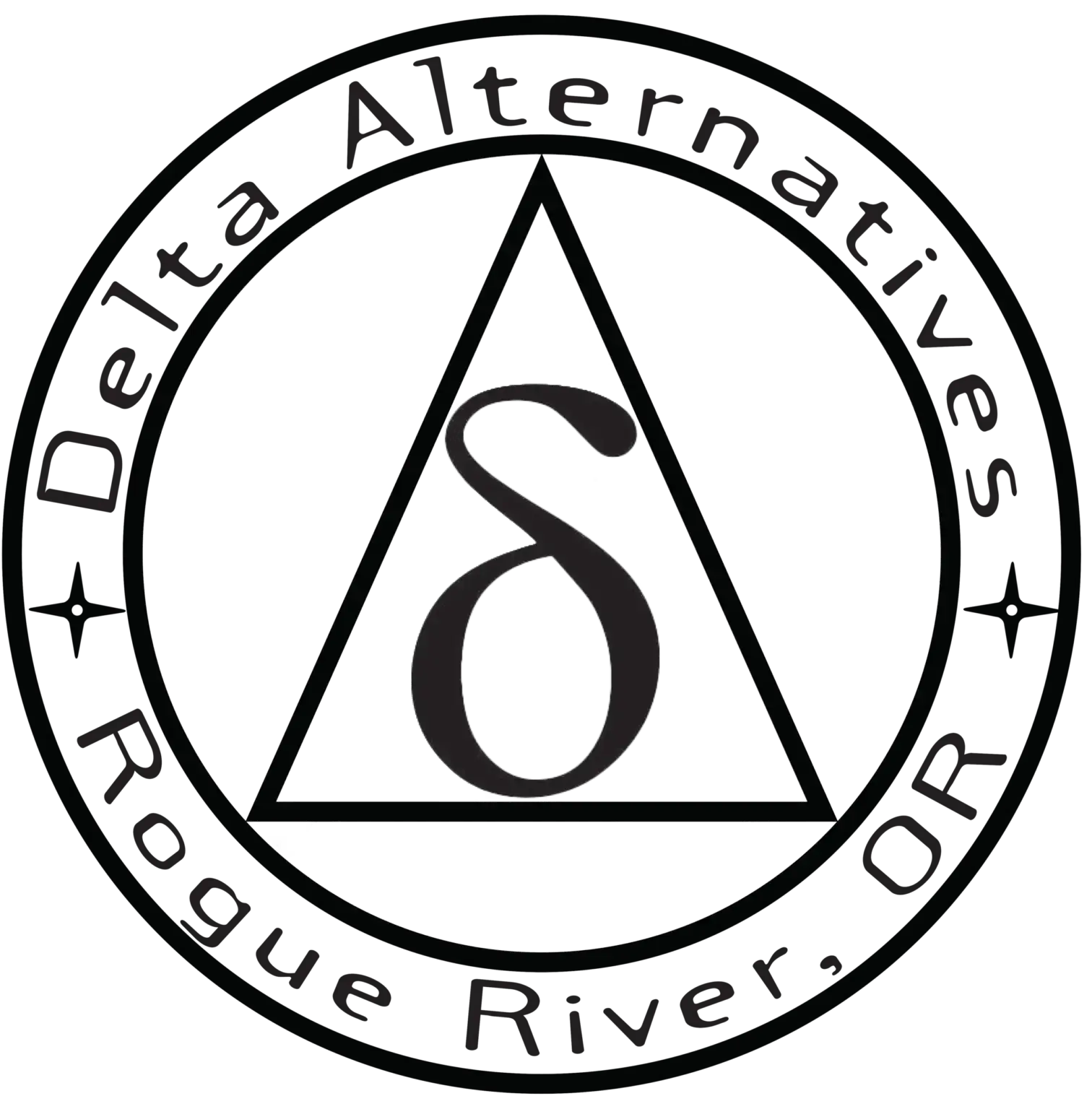
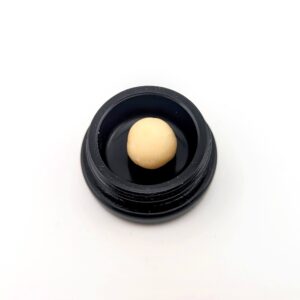



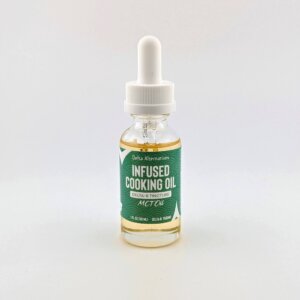
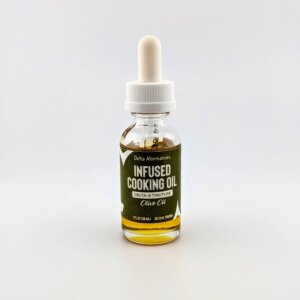
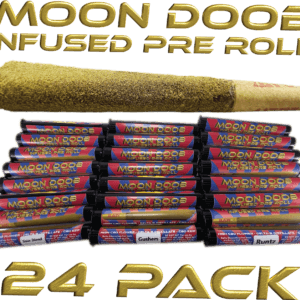

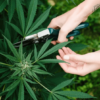


You must be logged in to post a comment.